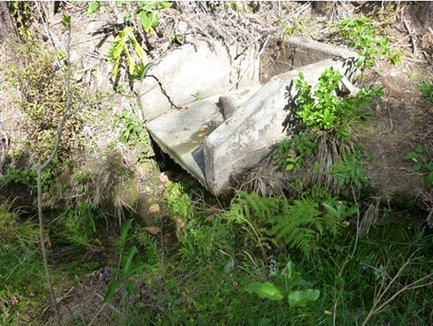Week 3 - AEE
Completion requirements
1. Introduction
1.14. Step 4
 Checklist
Checklist
- degradation of historic or cultural sites
- vegetation loss (what type and how much?)
- decreases in water quality/quantity
- loss of privacy (noise expert required ?)
- odour (odour control? properly maintained?)
- visual impact (landscape architect rep. may be required), also there are requirements in district plan to not block light
- changes to coastal processes (impact on benthos? impacts further along coast?)
- discharge of contaminants into air/water
- use of hazardous substances
- loss of recreational values.
AEEs should anticipate the unexpected. You need to look for specific environmental effects arising from your proposal in combination with the site and its locality. Once you have identified the actual and potential effects, you should consider how significant they are likely to be. Emotional politics are important so good news stories have a role. Also make sure that you keep everything clear and structured for those checking at council.
You should also use the above list to help you consider the nature of the effects as well as their scale, intensity, duration and frequency.
For example, an extension to an existing building may result in the following effects:
- temporary effects (while the extension is being built) - dust, noise and fewer parking spaces
- permanent effects - loss of privacy, shading, visual effects and the loss of significant trees
- cumulative effects - change in street character and loss of urban vegetation.